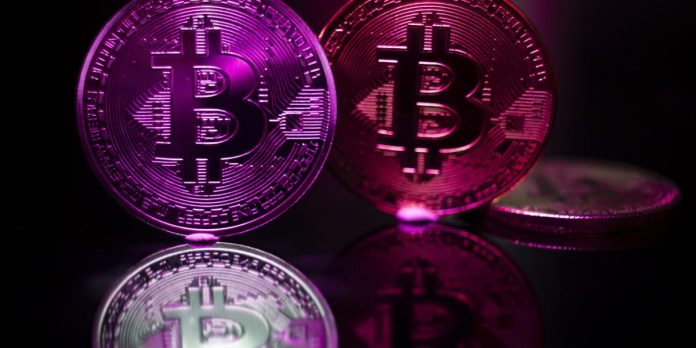Bitcoin enthusiasts have long viewed the “halving” as a crucial event that supports the value of the digital currency. However, this time around, it will also result in significant revenue losses for the companies that ensure its smooth functioning. On April 20, the halving will reduce the amount of Bitcoin that miners can earn per day from 900 to 450. This could lead to industry-wide revenue losses of approximately $10 billion annually. Companies like Marathon Digital Holdings Inc. and CleanSpark Inc. have made significant investments in new equipment and acquisitions to mitigate this revenue decline.
According to Matthew Kimmell, a digital asset analyst at CoinShares, this is the last opportunity for miners to maximize their profits before their revenue takes a hit. The strategic response of each miner to this change will determine their success or failure in the industry. While Bitcoin has reached new highs after previous halvings, the competition among miners is increasing. They must continuously invest in faster and more efficient equipment to stay ahead, while also facing competition for power from the growing artificial intelligence industry.
The rising price of Bitcoin has helped offset the increasing costs of mining, leading to the growth of the crypto mining industry. However, the upcoming halving poses a challenge as it will reduce mining rewards and increase costs. The market cap of 14 U.S.-listed miners has grown to about $20 billion, but they only represent 20% of the sector’s computing power. Private miners, who make up the rest, may face more difficulties as they rely on debt or venture capital for funding, unlike public companies.
As the halving approaches, some traders are betting on a decline in mining stocks. The short interest in these stocks is estimated to be about $2 billion, accounting for 15% of the group’s outstanding shares. The halving, which is the fourth since 2012, was preprogrammed by Bitcoin’s creator to maintain a hard cap of 21 million tokens.
The situation is different from four years ago when China dominated Bitcoin mining, and the price of Bitcoin was lower. Now, most of the mining activity has shifted to the U.S., leading to intense competition for electricity. Companies like Amazon, Blackstone, Google, and Microsoft are investing billions in data centers, making it harder for miners to secure favorable electricity rates. Utilities also prefer these tech companies as they have a more stable revenue stream compared to the volatile revenue of crypto miners.
The mining difficulty has increased significantly since the previous halving due to the growing number of miners and a fixed reward. To stay competitive, companies have been upgrading their equipment and raising funds through share offerings. However, private miners, who make up 80% of the industry’s computing power in the U.S., do not have the option to raise funds through share offerings. During the previous bull run, they relied on debt financing, which has become more challenging to obtain after the 2022 crypto market crash.
Some private miners are turning to venture capital funding, but those with negative cash flows must either seek private equity or use their existing cash reserves to finance their operations. As Kimmell points out, if they lack confidence in future mining revenues, they may exit the market altogether. The upcoming halving and its impact on the mining industry highlight the constant need for miners to adapt and innovate to stay ahead in this ever-changing landscape.

